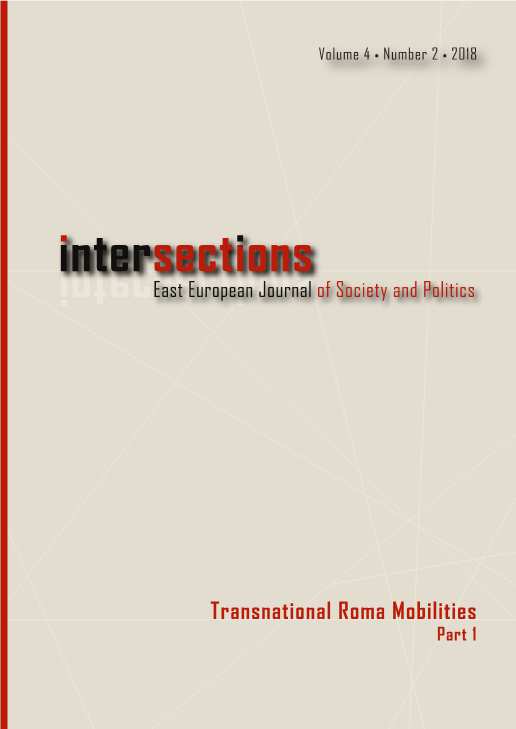Roma Mobility, Beyond Migration. Religious Humanitarianism and Transnational Roma Missionary Work as De-Constructions of Migration
Roma Mobility, Beyond Migration. Religious Humanitarianism and Transnational Roma Missionary Work as De-Constructions of Migration
Author(s): Raluca Bianca RomanSubject(s): Migration Studies, Ethnic Minorities Studies
Published by: MTA Társadalomtudományi Kutatóközpont Kisebbsegkutató Intézet
Keywords: mobility; missionary work; mobilization; Evangelism; humanitarianism
Summary/Abstract: Much of the literature concerning the migration of Roma in-between European Union countries has thus far focused extensively (and almost exclusively) on the political and economic consequences of this ’Roma movement’ across national borders. In this context, the core of the analysis has remained on the conceptualization of, specifically, an East-West Roma mobility (i.e. the movement of Roma from Eastern to Western European countries) and the widespread media, public and political debate regarding the visible marginality of these European citizens in present-day Europe. Within this broad background, my paper focuses on a rather distinctive experience of mobility among Roma individuals within European Union countries and one that has attracted far less attention in both academic and public debates: namely, the encounters between different Roma groups, from different national contexts, in the process of a widespread Roma Evangelical movement. Based on more than two years of ethnographic fieldwork with Pentecostal Roma in Finland and Romania, I focus specifically on the religious mobilization of Finnish Roma individuals and their engagement in missionary work with Roma communities in Eastern European countries. As such, transnational mobility, rather than migration, constitutes the central concept I use in understanding the broader processes involved in the experience of movement across borders. Furthermore, given that the focus of analysis is on the West–East (or rather, North–South) movement of Roma individuals across countries, this type of approach may help highlight the biased understanding of ‘Roma migration’ as strictly an East–West phenomenon. In this sense, it also allows space for reflecting on the diversity present within specific experiences of mobility (or immobility) and on the agency and reflexivity of individuals who choose to be part of a movement that complicates the strict delineation of migration as predominantly a political and economic issue.
Journal: Intersections. East European Journal of Society and Politics
- Issue Year: 4/2018
- Issue No: 2
- Page Range: 37-56
- Page Count: 20
- Language: English

